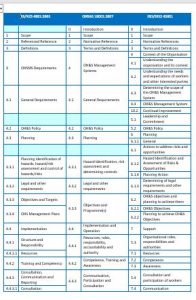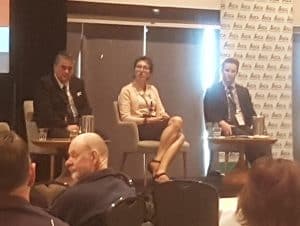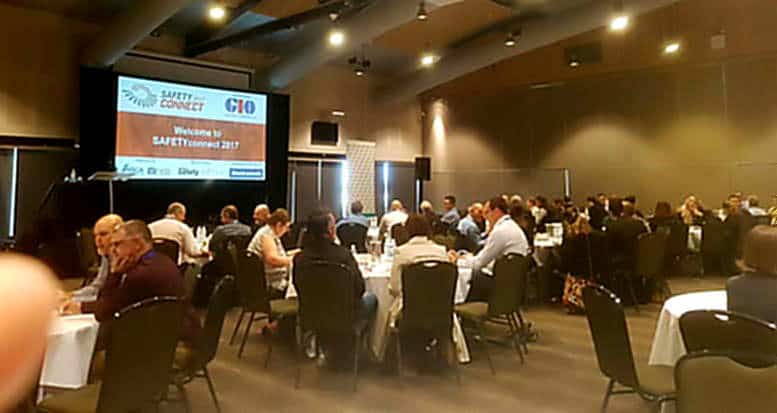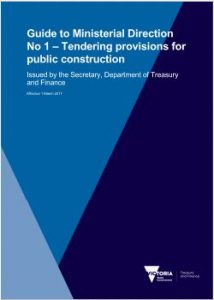 If occupational health and safety (OHS) is to include the “whole-of-life” for workers, companies, products and projects, OHS professionals need to expand their pool of knowledge to meet the demands for an inclusive organisational culture. One recent research paper supports this approach by looking at the return to work of cancer survivors.
If occupational health and safety (OHS) is to include the “whole-of-life” for workers, companies, products and projects, OHS professionals need to expand their pool of knowledge to meet the demands for an inclusive organisational culture. One recent research paper supports this approach by looking at the return to work of cancer survivors.
Category: design
Zero, health and people – themes of the World Congress on Safety & Health
 In front of thousands of delegates and dignitaries, the 21st World Congress on Safety and Health was officially opened yesterday by the Singapore Prime Minister Lee Hsien Loong.
In front of thousands of delegates and dignitaries, the 21st World Congress on Safety and Health was officially opened yesterday by the Singapore Prime Minister Lee Hsien Loong.
There are three themes of this conference:
- Vision Zero – From Vision to Reality
- Healthy work—Healthy life
- People-centred prevention
Tassie Coroner releases his safety findings on 7 quad bike deaths
Coincidentally, as an article about quad bike safety was being uploaded to this blog, details of the release of Tasmanian coronial findings were received. The findings were released by Coroner Simon Cooper on August 25 2017 and were not reported widely.
The Coroner investigated seven deaths related to quad bikes but only two occurred on workplaces or as part of performing work – Heather Richardson and Roger Larner. Curiously, WorkSafe Tasmania did not investigate these work-related deaths. Continue reading “Tassie Coroner releases his safety findings on 7 quad bike deaths”
New OHS management elements in ISO45001
 Following yesterday’s article on the impending international occupational health and safety (OHS) management Standard, ISO45001, some readers have asked for more details. David Solomon, the Head of the Australian International Delegation of ISO45001 provided a table that compares the elements of ISO45001 with AS4801 and OHSAS18001.
Following yesterday’s article on the impending international occupational health and safety (OHS) management Standard, ISO45001, some readers have asked for more details. David Solomon, the Head of the Australian International Delegation of ISO45001 provided a table that compares the elements of ISO45001 with AS4801 and OHSAS18001.
According to Solomon there are several elements that are new to ISO45001, ie. not included overtly in AS4801:
Personalised training, ladder standards and a non-gamechanger

Day 2 of the SAFETYconnect conference commenced with a disrupted panel discussion comprising four representatives of Australia workplace safety regulators. Each representative provided a 10 minute presentation about their agency and their plans. Curiously almost all of them discussed their strategic plans which varied between three and ten years but almost all contained the same aims, targets and challenges.
Some of the most interesting content was in the more practical stream of the conference.
SafetyConnect conference connects
 This week’s SAFETYconnect conference hosted by the NSCA Foundation in Sydney had a very good strike rate of interesting speakers on its first day. Only one speaker missed the safety mark – it was as if they had been handed a marketing presentation instead of safety and, regardless of the safety audience, give it anyway.
This week’s SAFETYconnect conference hosted by the NSCA Foundation in Sydney had a very good strike rate of interesting speakers on its first day. Only one speaker missed the safety mark – it was as if they had been handed a marketing presentation instead of safety and, regardless of the safety audience, give it anyway.
This conference was notable for the way that the ‘safety differently’/Safety II movement has moved into mainstream safety management. The most obvious example of this was a presentation by QantasLink.
Government could help progress OHS so much more
 Innovation in occupational health and safety (OHS) is often encouraged by government but government processes and policy can also discourage and limit this. An obvious example is where government insists on compliance with OHS laws in its tendering criteria but acknowledges that the tender safety criteria remains outdated and, privately, that OHS compliance is not enough to ensure a safe and healthy workplace.
Innovation in occupational health and safety (OHS) is often encouraged by government but government processes and policy can also discourage and limit this. An obvious example is where government insists on compliance with OHS laws in its tendering criteria but acknowledges that the tender safety criteria remains outdated and, privately, that OHS compliance is not enough to ensure a safe and healthy workplace.
An important OHS document in the Victorian bureaucracy and construction sector is a
